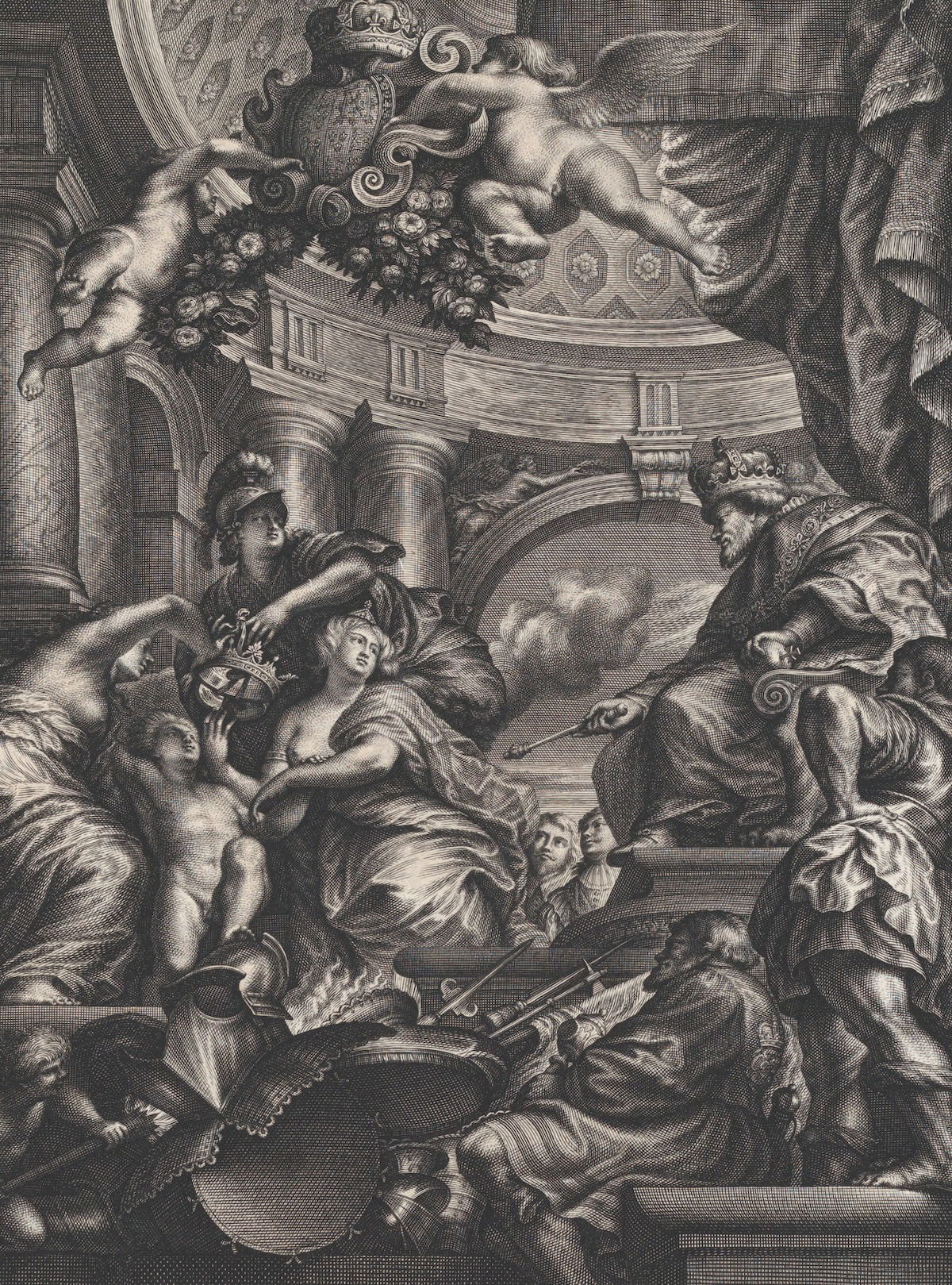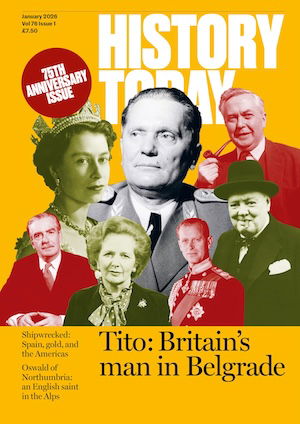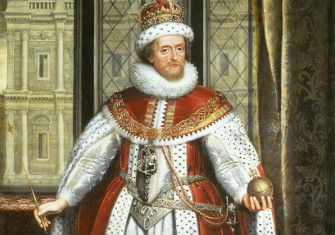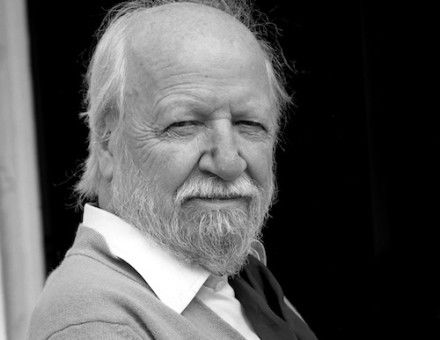‘The Sun Rising’ by Anna Whitelock review
The Sun Rising: James I and the Dawn of a Global Britain by Anna Whitelock offers a panoramic view of Jacobean foreign policy.

Given the decades-long saturation of Tudor-era popular history, it is welcome that attention seems to be shifting to the Stuarts, studies of whom have begun to make their presence felt in popular nonfiction. Anna Whitelock’s The Sun Rising: James I and the Dawn of a Global Britain is among a slew of new books on James to appear in the year which marks the 400th anniversary of his death.
Whitelock’s book is not a biographical study of the first Stuart king of England. It eschews discussion of his much-storied personal life (with George Villiers, duke of Buckingham, mentioned only when relevant and Robert Carr, earl of Somerset, not at all). Although broadly chronological, The Sun Rising comprises a series of thematic chapters covering what was a ‘golden age’ of exploration, navigation, trade, and propaganda, beginning with James’ accession to the English throne in 1603. This presents hazards: the nearly four decades covering James’ life and reign in Scotland are only briefly outlined. This leads to some issues with Scottish history: Linlithgow Palace becomes Linlithgow Castle, the duke of Lennox is demoted to an earl, and, although Queen Anna is treated fairly, some questionable old ideas are propagated, notably that she and James ‘grew apart’ in their later years; if anything, the pair came closer together in commiseration over shared illnesses. Whitelock’s focus is on the politics of the period 1603-25, when Anglo-Spanish peace prevailed, and international trade increased accordingly. What emerges is a much-needed panoramic view of Jacobean Britain as it was projected across the globe.
Yet James is hardly absent from this story, and Whitelock provides a restorative to tiresome preconceptions about an often-maligned monarch, derided after his death by John Oglander as ‘cowardly’ and by Anthony Weldon as being possessed of ‘a tongue too large for his mouth’. The idea of a beloved Elizabeth followed by an inutile and disengaged James is a later, anti-Stuart revision, typified by Weldon’s scabrous Court and Character of King James (1651); as Whitelock demonstrates, in James’ day he and his court were acutely aware of how to craft and publicise an effective monarchical agenda, and very successful at doing so. The metaphorical storm clouds of Elizabeth’s declining years were, for example, repeatedly invoked in acknowledgement of James’ reign as a dazzling sun, as in Samuel Daniel’s favour-currying Panegyrike (1603), which celebrates James’ ascension as an ‘arising Sunne’. In many ways this is a book about ‘spin’.
Whitelock’s argument is strongest in its presentation of James’ policies not as a scattered selection of grand pet projects but as a unified and coherent strategy. His attempts at religious reunification, his relationship with Iran’s ruler Shah Abbas, and his policies of plantation and global trade were as one with his desire to increase silk production (at home and in the colonies) and his prioritisation of wholesome crops such as corn and fruit (over the clear cash crop, tobacco), and evangelicalism. All tended towards promoting James’ perception of God’s plan for a vigorous, imperial, Protestant Stuart Britain and its place as a central state in the world and not just in Europe, which had largely been the limit of Tudor ambitions. Elizabeth, in contrast, had done little more than sanction scattered private enterprises launched across the Atlantic.
A variety of Stuart personalities appear in Whitelock’s account, including the outward-looking merchant Thomas Smythe, the American princess Matoaka (Pocahontas), the inventor John Harington, and the adventurer John Saris. These figures – drawn from various fields and walks of life – feature heavily in the unfolding tale of what James insisted was a British reign, and they form the jewels (and in Saris’ case a carbuncle) of the Jacobean world. They deserve, as Whitelock makes clear, to be as well known as the courtiers, artists, and adventurers of the Elizabethan and Henrician eras. But in Whitelock’s telling, it is James who sits at the centre of the rapidly expanding world, which is how he would have wanted it. In 1609 he made a significant and symbolic royal visit to the New Exchange, soon known as Britain’s Bourse (or stock exchange). Then, James, Queen Anna, and the three royal children – Henry, Charles, and Elizabeth – travelled in their pomp to the Strand, where they were entertained with a masque by Ben Jonson (enacted by players contracted from Shakespeare’s troupe). At England’s newest and greatest shopping arcade, a mock ‘shop boy’ cried out the wares – ‘China stuff … China chains, China bracelets, China scarves’, and an announcement was made by the ‘master’ that soon a north-west passage would make the flow of goods even easier. James’ presence was ostentatious: watching and being watched.
It was this global figure to whom a band of Muscovite elites appealed in 1612, when Russia – ‘a thousand times more profitable than Virginia’ – was in political turmoil after Vasily IV was ousted in favour of what turned out to be intolerable Polish rule. James, they said, would be welcome as their ruler. The British king thrilled to the idea of ‘protecting’ Russia, but the speed of Russian politics and the dilatory nature of travel and negotiations ensured Michael Romanov was elected tsar, in 1613, before Britain could gain its Russian foothold (and thereby potentially change the course of history).
Mercifully, the book does not contain a trace of the swollen-tongued, dribbling fool caricatured after his death; instead Whitelock presents an intelligent, verbose man praised for his eloquence and intellect – and distrusted by his enemies for both. The king’s religious and political goals were taken seriously in his day; and, with his commissioning of the Authorised Bible (a new Bible being suggested at 1604’s Hampton Court religious conference and immediately embraced by James), he ‘had become the most important Protestant ruler in Europe’. Whitelock’s James is the king as he was in his day: confident, canny, and colourful.
-
The Sun Rising: James I and the Dawn of a Global Britain
Anna Whitelock
Bloomsbury, 448pp, £30
Buy from bookshop.org (affiliate link)
Steven Veerapen teaches at Strathclyde University and writes on the 16th century.






